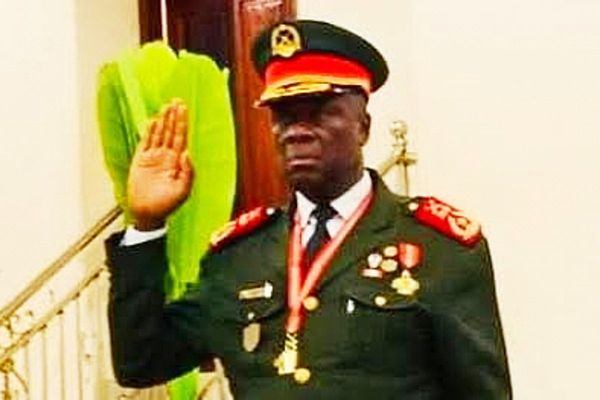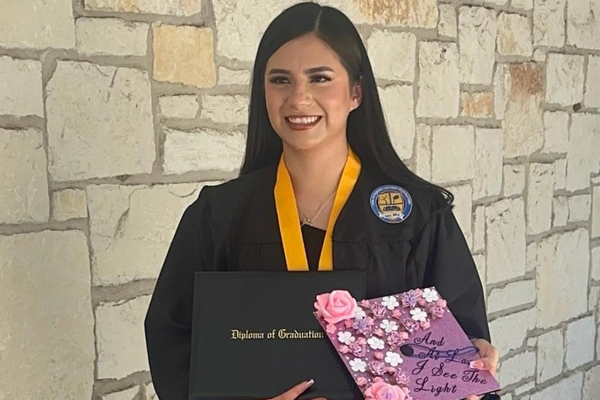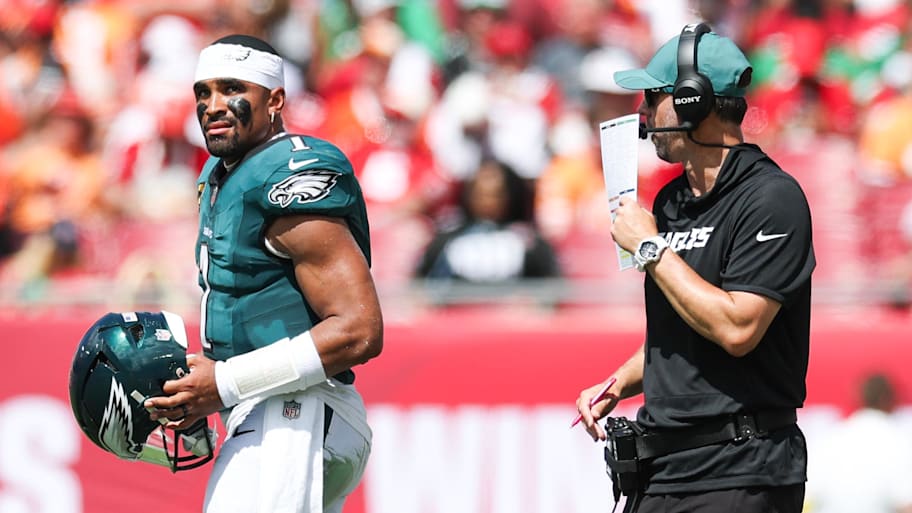
Last February, inside an office at team headquarters, Jalen Hurts made direct eye contact and spoke deliberately as he attempted to explain the Eagles’ offensive evolution from 2023 through the first half of 2024. The Eagles would depart for Super Bowl LIX the next day. They would fly, Eagles, fly to New Orleans as the NFL’s most dominant, deepest, most talent-laden team. But that’s only partly why they triumphed.
That evening, Hurts spoke to the fragility of professional football. He didn’t use that word, specifically. But his words, wise and carefully chosen, and at times a little cryptic, apply to the collapse in 2023, last season’s championship turn and five uneven weeks of this season.
“You have all this change, but you’re the only constant,” he told me then. “Success is merely highly probable.”
Sentences began spilling out, as Hurts tried to dissect, as I heard him, the fragility inherent in taking an offense with as many talented players as the Eagles had amassed and then creating, over the course of any season, an evolved scheme that could hold up in the playoffs. That evolution separated merely good or great seasons from championship parades. When Philadelphia started 2023 at 10–1, Hurts said he could sense the collapse ahead (they finished 11–6 and lost in the wild-card round). He called it “inevitable,” even. Similarly, but in the opposite way, he said that, even in 2024, after a sluggish 2–2 start, he sensed the deep playoff run ahead.
“The work that is put in, it takes and requires so much of you, because you have to be honed in to what you communicate and how you communicate it, learning people and how they operated, understanding where they are, how they see the game,” Hurts said in that office. “Whether it be a coach or a player, how do they respond to certain situations? Understanding those things so you can lead in a way [that matches] how you are supposed to operate. And, ultimately, to have ownership in what you’re doing.”
There’s a lot of subtext in that paragraph. For now, for the foreseeable future in Philadelphia and especially for this NFL season, the word that matters most is can.
What Hurts explained in February
Four weeks into 2024, the Eagles’ offense had averaged 262 yards per game, or 105 fewer than throughout the previous season; Hurts’s yards-per-attempt average was down (7.6 to 6.4); the offensive line, per advanced metrics, had underperformed; and Saquon Barkley had dropped in rushing yardage and efficiency, despite running beyond an objectively better offensive line than the units he played with in New York. Philly ranked 17th, at that point, in EPA per play—and entered their bye week at 2–2.
Four weeks into 2025, Philly ranked 30th in total offense (251.5), 31st in passing offense, 29th in both rushing offense and yards per play and 12th in points per game. This season, their bye isn’t until Week 9. But the Eagles’ 4–0 record failed to alleviate any concerns about the offense. Those concerns were, well, fair. Many also lacked critical context. Philly became only the second team in NFL history to start 4–0 while being outgained in each of its victories. The Eagles did set a new league record for the lowest point differential of any team to start 4–0. Barkley, after his transcendent 2024 season, had averaged 3.1 yards per carry through four weeks. Hurts’s yards per attempt had fallen even lower than his drop from the previous season.
The point: While those seasons don’t present the same calculus, they’re pretty close. Significantly less offense in early 2024, compared to the same span from the previous year, yielded a worse record but a far better season. Slightly less offense in early 2025, compared to the last year, netted a better record and just as much concern.
This is what Hurts was explaining in February. That Pro Bowlers and All-Pros alone do not guarantee consistent, statistical success. Consider the Eagles’ talent, especially at the offensive skill positions, in this calculus—Hurts, Barkley, A.J. Brown, DeVonta Smith, Dallas Goedert and more—as the baseline but no more. The evolutions he described for each respective season, then, represent what the Eagles did from that baseline. Two years ago, it didn’t work. Last year, it did—spectacularly.
Hurts made a critical distinction that evening last February that seems even more relevant now. He said, “With the talent we have, we have to align just enough,” and had to show up at the Super Bowl and mollywhop the fairly venerated, already dynastic Chiefs.
Just enough, in this case, was a new offensive coordinator in Kellen Moore. It was Moore’s decision, during that fateful bye week, to reorient the Eagles’ offense around Barkley, their run game, and Hurts’s ability to run and pass. It was Nick Sirianni aligning so many strong and often quite different personalities. It was Brown accepting fewer targets as the cost of additional victories. It was Hurts doing the same. It was a passing game when they needed to win by throwing the ball, as seen in the NFC championship game and the Super Bowl. And it was acceptance, personal growth and understanding the greater whole.
None of that applied to the 2023 season, when an electric offense sputtered, personal conflicts ballooned and discord defined a collapse that prompted the changes before last season. None of that applies to 2025, either, though. And that’s the critical part.
Moore is now the head coach in New Orleans. He took his most obvious successor, Doug Nussmeier, with him, naming Nussmeier the Saints’ OC. Brown’s recent cryptic tweet about the offense—“If you’re not welcomed, not listened to, quietly withdraw. Don’t make a scene. Shrug your shoulders and be on your way”—indicated that winning, fairly, remains central to his acceptance of Philly’s offensive approach.
Each season, especially in relation to the others in recent Philly football lore, speaks to that concept—fragility—and helps explain how a team with this much talent can consistently play uneven offensive football, or worse. It also speaks to evolution or lack thereof: in 2023, the failure to evolve harmoniously; in 2024, the ability to seize just enough; in 2025, well, that’s still to be determined. Everything—another playoff run, another Super Bowl, a return even to last season’s late, apparent dominance—rests on how they will address their offensive evolution.
To date, quite simply, there hasn’t been enough of one.
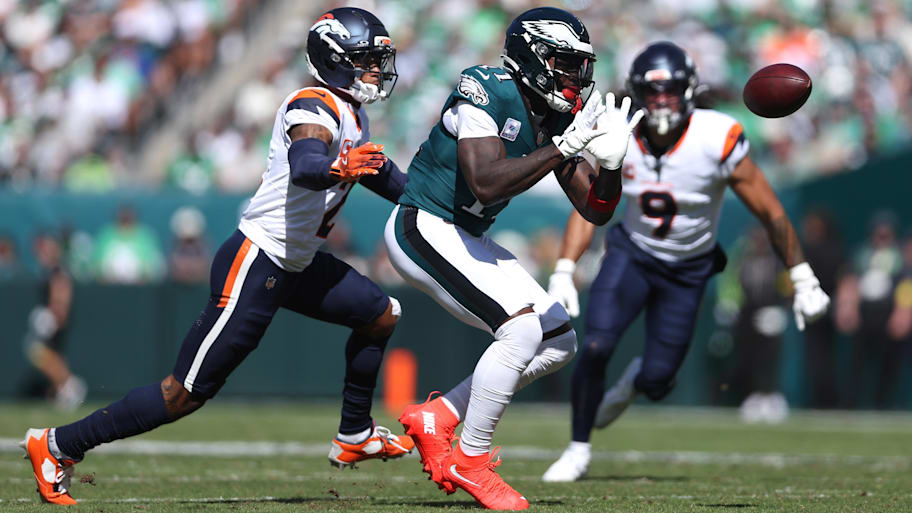
Will this offensive iteration find its footing?
Skeptics, haters or, yes, Eagles fans, who love their team deeply, and yet never seem satisfied with anyone who has created a not-small, not-insignificant amount of success, have had much to say about Philadelphia’s offense this year. They won’t often point out that some of the same things were just as, or more, evident in the 2024 iteration. That iteration found its footing, right around now, and won the whole damn thing.
This was the backdrop for a Week 5 matchup against the Broncos. Philadelphia’s offense, under new coordinator Kevin Patullo, formerly the Eagles’ passing-game coordinator, was too predictable. Fair. That predictability resulted in too many minus plays—not a loss of yards, necessarily, but used to measure whether a player’s performance is below average, average or above. Also fair. That left the Eagles in too many third-and-long situations. Fair again.
The Eagles themselves had predicted this; not the specifics, but the tenor that change would be necessary and adaptation required to achieve another wildly successful campaign. In May, speaking with beat reporters, Hurts used “iterations” more than once to explain the evolution he hoped to see ahead. This team would do that like previous teams had—by laying a foundation, tweaking, as necessary, and finding its soul (or not finding it at all)—as the season moved into its second quarter and second half. Hurts welcomed new ideas, schematic or otherwise, from Patullo in his public comments.
Philly could retain what it wanted to keep from Moore’s system, especially after last season’s bye-week transformation. But what Hurts referred to in February, he couldn’t change. In five seasons playing for Sirianni, Hurts has had four different offensive coordinators: Shane Steichen (2021 to ’22), Brian Johnson (2023), Moore and Patullo. Throw in primary play-callers as head coaches in Doug Pederson (2020) and Sirianni (part of 2021), and that’s six different coaches calling the Eagles’ offense plays. This season, Hurts also got a new quarterbacks coach in Scot Loeffler. That’s a lot of voices. That is constant change.
“When I refer to small increments [of improvement], I do believe that if the constant change [had been] avoided, it would turn from small increments to drastic leaps.”Jalen Hurts
Hurts addressed this in February, too: “When I refer to small increments [of improvement], I do believe that if the constant change [had been] avoided, it would turn from small increments to drastic leaps.”
Wanting to evolve, saying they would become, and actually changing eluded the Eagles through this season’s first quarter. By mid-September, there were in-depth Reddit threads on offensive tendencies, with statistical deep dives aplenty on the sputtering, and much blame was lasered onto Patullo and Hurts, specifically. There was Jason Kelce, on local radio (94WIP), speaking the truth, saying, “The offense isn’t functioning well right now.” There was Patullo, addressing local media, and not by knife point but because he had no choice. He pointed to the heft baked into the early-season schedule. But those defenses—Cowboys, Chiefs, Rams and Buccaneers—were statistically better last season. Only the Rams rank in the top for total defense—and they’re 10th. Only the Chiefs rank in the top 10 in points per game—and they’re fifth.
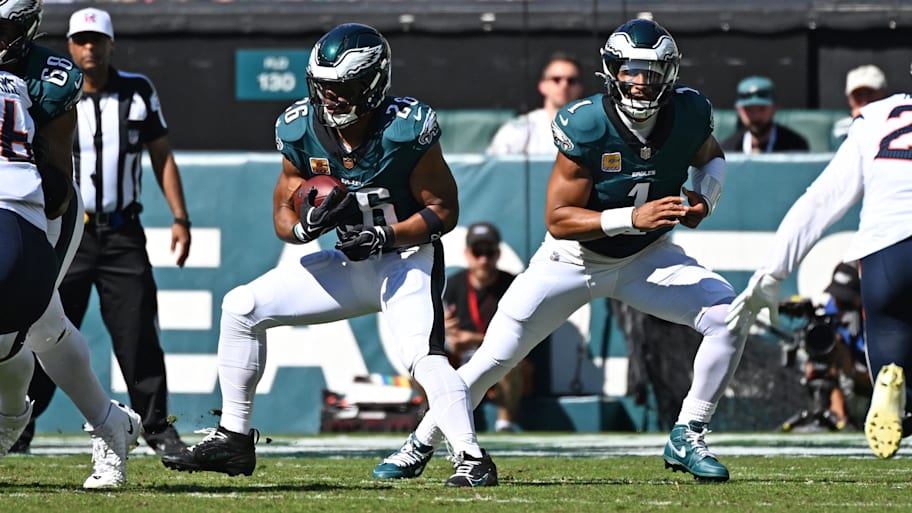
The offense gets worse in Week 5
Then Philly hosted Denver.
Then everything above got worse. At the very least, the Eagles’ offensive performance against the Broncos significantly contributed to the confusion.
The first sideline report centered on Brown’s missive, before segueing into information from Barkley, who told the CBS crew that Brown and Smith needed more targets. “But it’s always sunny in Philadelphia!” analyst Tony Romo quipped.
Were the Eagles the team that took a 17–3 lead in the first three quarters, which they held at the beginning of the fourth? Hurts involved Brown immediately and often. But, it should be noted, some of his throws that sailed Brown’s way appeared forced. Barkley ripped off a 17-yard gain through a hole so wide nobody needed to grease a light pole to get through. One second-quarter scoring drive went 90 yards, culminating in, yes, a touchdown pass from Hurts to Goedert. Hurts also threw a beautiful, arcing pass to Barkley for another touchdown in the third. But none of that held up. Nor did the Eagles.
Are they the team that showed up in the fourth quarter on offense? Two penalties killed one promising drive, as Denver cut into the lead, then took its own. A defensive penalty extended the Broncos’ last scoring drive, which netted both a field goal and a 21–17 lead—and gave Philly the ball back with 1:06 left.
The Broncos presented the statistically stoutest defense that the Eagles faced this season, second in points per game and fifth in total defense. But Philly moved the ball on that defense. Brown’s five receptions for 43 yards came, primarily, against the best cornerback in football, Patrick Surtain II. Denver’s talent and scheme, then, cannot explain the fourth-quarter disappearing act.
Nothing can exist except fragility. The Eagles of 2025 haven’t evolved enough. One could argue—a scout for a division rival, when asked to explain what he saw, sent back two words via text message, “no creativity”—that they haven’t evolved at all.
This team won’t be like other Philly teams
Regardless, the offense will either evolve or fail to. Whether it does will define what happens in this Philadelphia football season. But because it’s this team—so much talent, tethering required for success—it’s hard to predict, in any real way, what the following weeks, months or the rest of the season will truly look like.
Barkley said as much to me for Sports Illustrated’s NFL preview cover in late August. This offense wouldn’t look like last year’s offense. He wouldn’t necessarily approach the single-season rushing record. Winning would continue to be the only thing that mattered.
Winning, instead, showed just how tenuous this Eagles season is. And yet, five weeks never did make a season, either.
This team won’t be like those teams. Not in full. Not even that much in part, beyond the prominent familiar names and staple plays. This team, at least in my view, deserves the benefit of the doubt to examine the same calculus and try to evolve, adapt and improve.
Patience isn’t possible. But everything else, at this point, is no more than a guess. These Eagles will find an offensive identity. Or they won’t, and the lack of one will define a subpar, post-championship season. Either way, expect the next month or two to reveal what few expect at this point. That’s Philly’s offensive process. It has been, and will continue to be, for better or worse.
And for now, it’s still very much to be determined.
More NFL on Sports Illustrated
This article was originally published on www.si.com as What the Next Month or Two Will Reveal About the Eagles’ Offensive Identity.

